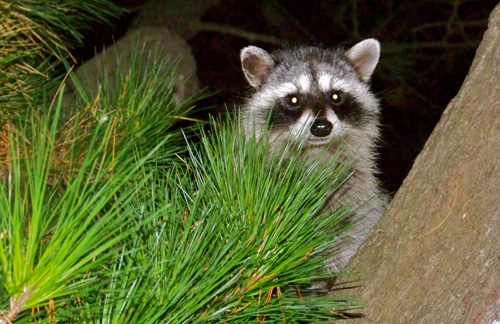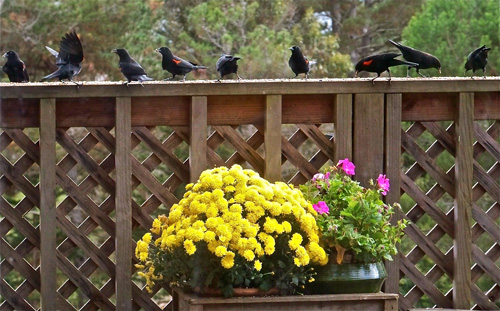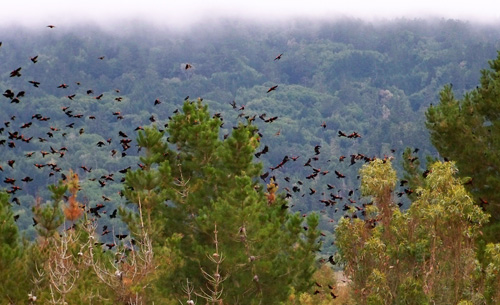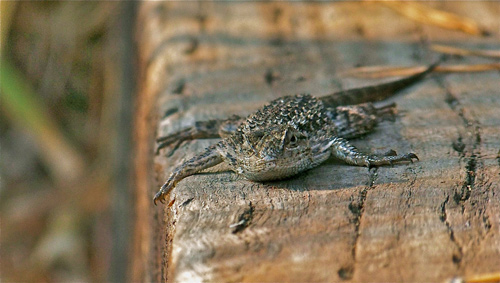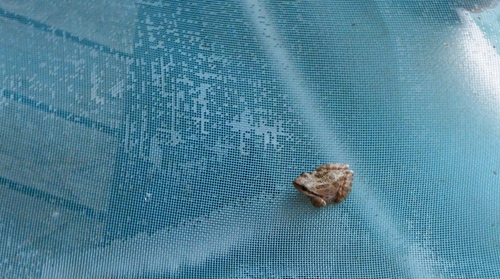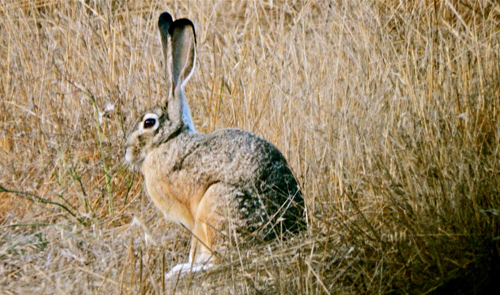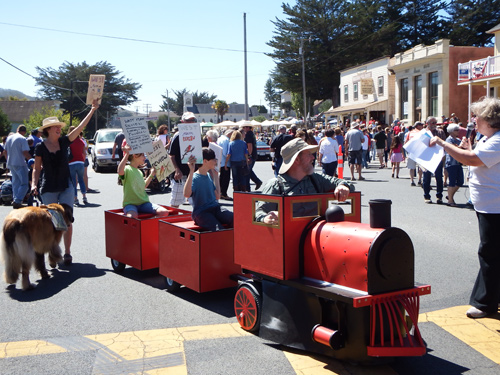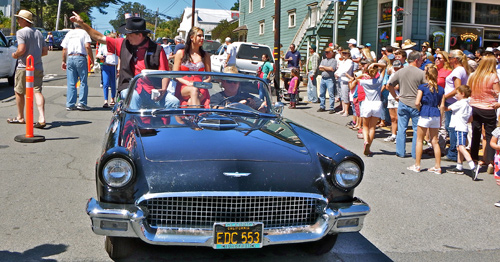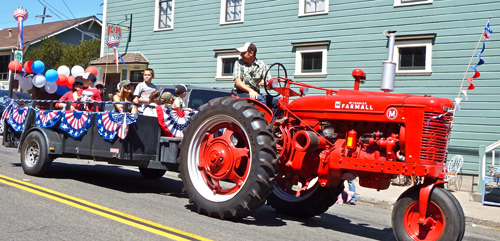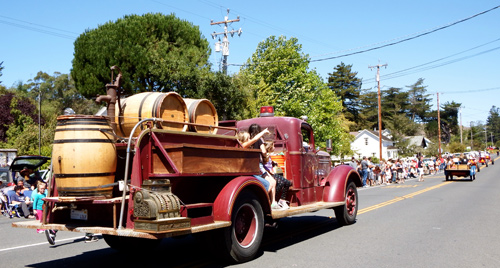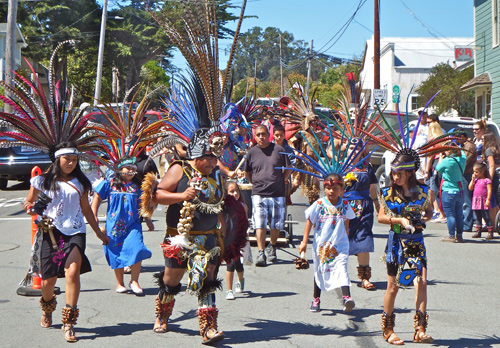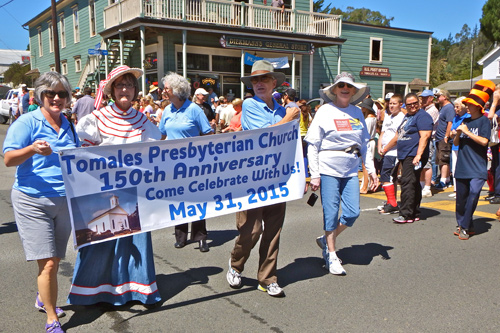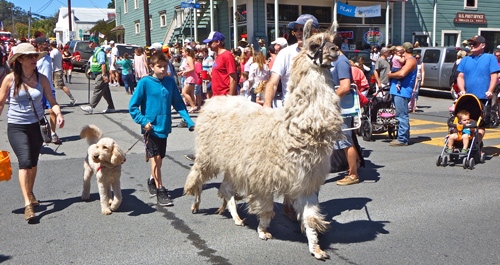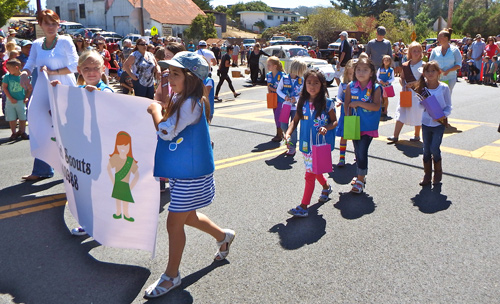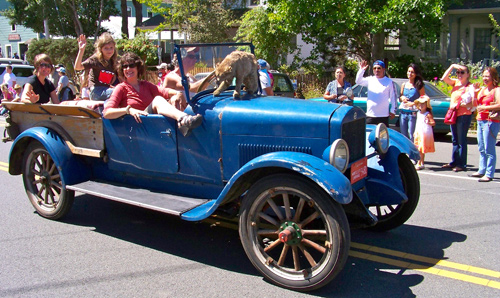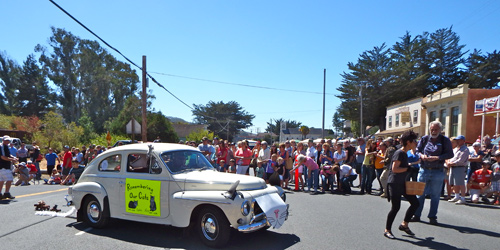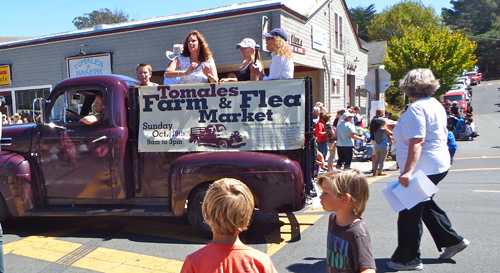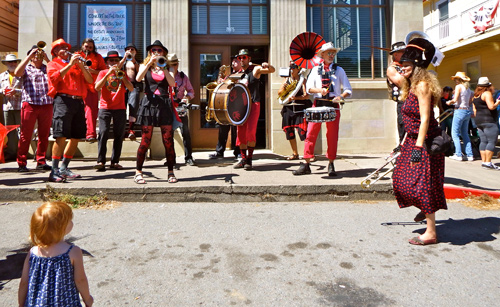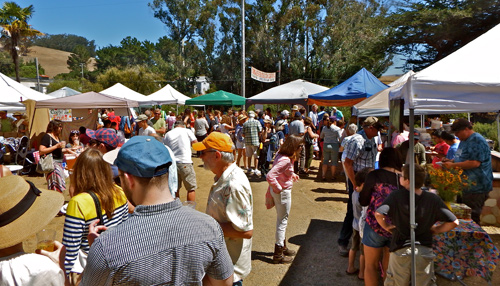Mon 29 Sep 2014
Raccoons waxing and Tricolored Blackbirds waning plus a mystery in the woods
Posted by DavidMitchell under West Marin nature, Wildlife
1 Comment
Animal populations around here fluctuate noticeably from year to year with weather, disease, and predators all having an impact. This week we’ll discuss two species that have been affected in recent years: common raccoons and Tricolored Blackbirds.
A common raccoon in a pine tree next to Mitchell cabin where there’s no hunting allowed.
During my 39 years in West Marin, I’ve seen the number of raccoons and grey foxes simultaneously soar, plunge, and soar again. It’s happened several tines, and the culprit has usually been distemper, a viral disease that’s spread by inhalation and is fatal about half the time. It attacks the gastrointestinal and respiratory tracts, as well as the spinal cord and brain.
At the moment, the coast’s raccoon population appears to be thriving. In fact, raccoons are doing well nationwide. This wasn’t always the case. In the first three decades of the last century, the popularity of raccoon coats, especially for riding in convertibles, resulted in the animals being so heavily hunted and trapped that the common raccoon became far less common.
When prices for raccoon pelts eventually dropped, the number of raccoons made a comeback. Then it was television that took a toll on their population. For example, only about 388,000 were killed in the 1934-35 hunting season, Virginia C. Holmgren writes in Raccoons: In Folklore, History & Today’s Backyards. But in the 1950s, three TV episodes about Davy Crockett started popularizing coonskin caps to where 5.2 million animals were taken in the 1976-77 hunt. The average pelt sold for about $20.
A drop in pelt prices once again greatly reduced the take in subsequent years. This past February, 490,361 raccoon pelts were sold at the North American Fur Auction in Nevada, but fetched only $14.05 to $21.61 apiece. “Raccoon and bobcat prices [$73.25 to $393.49] didn’t exactly tank, but were lower than previous levels,” the Nevada Trappers Association reported afterward.
Fall colors on the deck.
Around Mitchell cabin, a few of the birds that at first glance appear to be Red-winged blackbirds are actually Tricolored Blackbirds. Just below the red patch on their wings is a small patch of white feathers, which is hard to see except when their wings are outspread. ______________________________________________________________
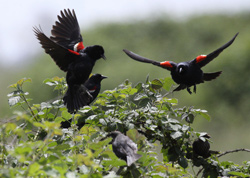 When flying, a Tricolored Blackbird’s white feathers are visible below and behind its red feathers. Audubon photo by Linda Pittman
When flying, a Tricolored Blackbird’s white feathers are visible below and behind its red feathers. Audubon photo by Linda Pittman
The color of that patch of feathers is the key to identification. If it’s yellow, you have a Red-winged blackbird. If it’s white, you have a Tricolored.
Tricolored Blackbirds were once one of the most common birds in California and until recent years lived on Point Reyes in great numbers. A few years back, ornithologist Rich Stallcup, who died in 2012, wrote that 30 years of bird surveys had found that “on outermost Point Reyes…. the winter population has ranged from 4,500 to 11,000 individuals…. Perhaps 8 to 10 percent of the world population.”
However, when the Horick Ranch folded in 2000 and the Point Reyes National Seashore took possession of it, the Park Service removed the cows and the dairy shut down, Stallcup noted. “This significant reduction in foraging opportunities may have, and have had, a serious impact on the size of the colony, which has dropped from about 1,500 nests in 2000 to less than 650 in 2003.”
Although Stallcup initially conceded that the dramatic drop in the number of Tricoloreds on Point Reyes could be within the range of normal fluctuation, several months later he sounded an alarm. “For the first time in many years, Tricolored Blackbirds are not now (August 2004) nesting in Point Reyes National Seashore. This condition is probably due to reduced foraging opportunities.”
In other parts of the state, Tricoloreds are also struggling to survive. _________________________________________________________________
A variety of blackbirds show up together at least twice a day to peck birdseed off the railing of the deck. But as seen in this photo from 2013, there were far more of them around here a year ago.
“In the 19th Century, Tricolored Blackbird flocks were described as so numerous ‘as to darken the sky,'” the Audubon website notes. “Over just the last 70 years, the Tricolored Blackbird population has decreased by more than 80 percent.” And the decline is continuing. The number of Tricoloreds in California fell by 44 percent to 145,000 in the past three years alone,” The Los Angeles Times reported on Aug. 5.
“The reasons for this decline are many, but the loss of marsh and nearby foraging habitats along the coast and in the Central Valley is the main issue,” according to Audubon. “In more recent years, the species has become dependent on agricultural lands, with most of the largest colonies nesting in grain fields.
“A real dilemma develops because Tricolored young typically have not yet left the nest before the time farmers harvest their crop, and harvesting destroys Tricolored Blackbird nests and young. In some cases as many as 20,000 nests have been lost in a single field.”
“As part of an effort to save the species, Audubon California and the U.S. Department of Agriculture’s Natural Resources Conservation Service are leading a program that pays dairy farmers to delay harvesting their silage crops through the nesting season,” The Times added.
Here at Mitchell cabin we’re trying to do our part by making sure that hungry blackbirds regardless of age or species can find the birdseed they need to thrive. ________________________________________________________________
News from the great outdoors is often fascinating, of course. Here’s a headline I spotted online last week.
Now let’s get this straight. Who’s ambushing whom? Reuters article as headlined in Google News

